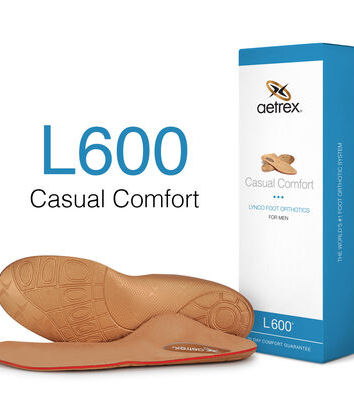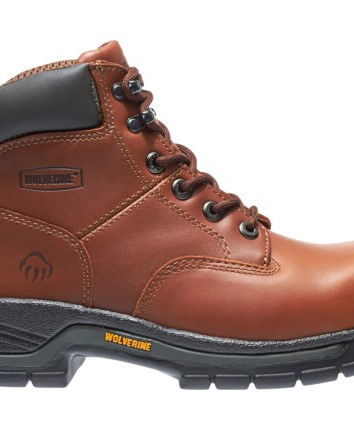
Brian Maggio Pedorthist
Brian has worked in health care for over two decades. He worked at Tampa General which is rated one of the best heart surgery hospitals in the country. In his time there he performed duties as a nurse then moved into the operating room as a surgeons assistant. Later he took a position at the lifelink foundation working with tissue transplant. In 2006 he started with Health Aid Company and completed certification and training to become a Pedorthist and has worked with thousands of individuals helping to make them more mobile and to help reduce the long term effects of their diabetes.
Diabetic Shoes
Diabetic shoes are a type of footwear designed to protect the feet of individuals with diabetes from developing foot-related complications. Diabetes can cause nerve damage and reduce blood flow to the feet, which can lead to serious foot problems such as ulcers, infections, and even amputations. Diabetic shoes are designed to alleviate these risks by providing features that help prevent foot injuries.
Diabetic shoes have a number of important features that set them apart from regular shoes. They typically have extra depth to accommodate custom orthotics or inserts, and they are wider and have a more rounded toe box to reduce pressure on the feet. Additionally, diabetic shoes are made with soft, breathable materials that reduce friction and prevent blisters or other skin irritations. They also have a seamless interior to prevent rubbing and pressure points.
Diabetic shoes may also have a number of other features designed to help reduce the risk of foot injuries. For example, some models have rocker soles to reduce pressure on the heel and ball of the foot, and others have extra cushioning to absorb shock and reduce stress on the feet. Some diabetic shoes are also designed with adjustable closures, such as Velcro straps or laces, to ensure a secure and comfortable fit.
Overall, diabetic shoes are an important tool for preventing foot injuries and complications in individuals with diabetes. They provide a level of protection and comfort that is not available in regular shoes, and they can help individuals with diabetes maintain their mobility and independence.
Required Documentation for Diabetic Shoes and Inserts
Medicare covers Therapeutic Shoes (A5500) and Inserts (A5512) for persons with diabetes. This statutory benefit is limited to one pair of shoes and up to three pairs of inserts or shoe modifications per year. However, in order for these items to be covered for an individual that has diabetes and Medicare coverage, the following criteria must be met:
-
The individual has a current diagnosis of Diabetes Mellitus. The individuals Diabetes management must be addressed and evident in progress notes. Simply listing Diabetes as a condition is not sufficient.
-
Evidence of a foot exam must be documented in the progress notes in which one or more of the following conditions are documented and described.
-
History of partial or complete amputation of the foot (specify surgery dates and location)
-
History of previous foot ulceration (specify dates, treatment, and locations)
-
History of pre-ulcerative callus (specify dates, treatment and locations)
-
Peripheral neuropathy with evidence of callus formation (include symptoms, signs, & tests supporting diagnosis of neuropathy plus the presence of a callus)
-
Foot deformity (specify e.g. hammer toe, bunion, etc. and locations)
-
Poor circulation (specify symptoms, signs, and tests (i.e. duplex scanning or air plethysmography) documenting a diagnosis of venous or arterial insufficiency.
A diagnosis of hypertension, coronary artery disease, congestive heart failure, or the presence of edema, are not by themselves sufficient as evidence of poor circulation.
Custom Molded Inserts (A5513 or A5514)
-
All of the above criteria are met; AND
-
The patient would benefit from custom molded inserts due to (list and describe specific foot related issues).
Toe (L5000) and Foot (L5999) Filler Inserts
-
All of the above criteria are met; AND
-
The patient requires inserts for missing toes and/or partial foot amputation.
A Prescription is required from an MD, DO, or DPM, including the patients name, requested equipment, diagnosis codes, and length of need.
The individual also must have an In-Person visit within the last six months with the physician managing their diabetes.
Progress Notes: Progress notes must come from the physician who is managing the patient's diabetes and must document the items listed above clearly and specifically.
According to Medicare national policy, it is not sufficient for a podiatrist, physician assistant (PA), nurse practitioner (NP), or clinical nurse specialist (CNS) to provide that documentation (although they are permitted to sign the order for the shoes and inserts). The certifying physician must be an M.D. or D.O.























